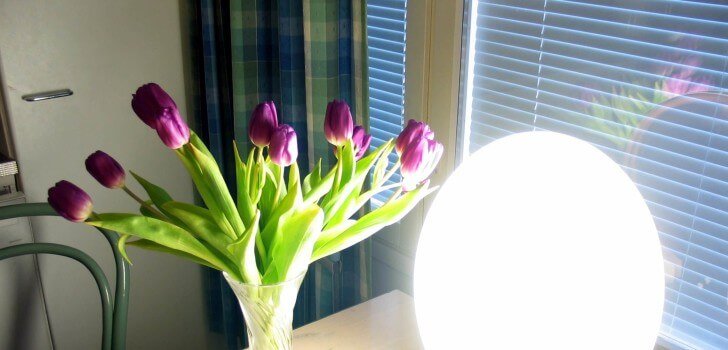A new study has shown that being exposed to certain types of light through ”light therapy” can be used to treat depression. The treatment is particularly useful during the time of the year when days become shorter and darker. However, research is finding that it’s also successful at treating non-seasonal depression.
The most common methods of treating depression include medication and psychotherapy. However, these options are not successful in all cases, and some patients are unable to continue treatments because of side effects and the associated expenses.
The lead author of the study Dr. Raymond Lam wrote in an email, “This study is the first to show that light therapy alone is effective versus a placebo, and the first to compare combination light and drug to light alone. The combination of light therapy and antidepressant was the most effective. However, some people may prefer to try a non-medication treatment first, and may elect to start with light therapy.”
The study functioned by examining 122 depression patients over a period of eight weeks. The patients were randomly assigned to one of four groups. These groups included only medication treatment, only light therapy, a combination of medication and light, and a control group that received nothing.
Patients receiving medication were given 20mg of Prozac on a daily basis. Patients receiving light therapy were exposed to a fluorescent light box for 30 minutes upon waking up in the morning. Patients that weren’t receiving medication were given a placebo pill, and patients not receiving light therapy were given an inactive light device.
The results of the experiment were measured by giving the patients a standard questionnaire that measured the severity of their depression. Patients were asked about their sadness, inner tension, sleep and appetite patterns, concentration, energy levels, empathy and pessimistic or suicidal thoughts.
The highest possible score on the test was a 60, which indicated the most severe form of depression. At the start of the study, the average score was a 27, which indicated moderate levels of depression. After just eight weeks, the group that was receiving both medication and light therapy experienced a 17 point decline on average. Participants who received only light therapy had an average of a 13 point decline. The group that received only medication had a 9 point decline on average. And the control group had a 7 point decrease on average.
It is still unknown how exactly light therapy works to battle depression. Some believe that it helps to reset the brain’s biological clock, which is often referred to as circadian rhythms. One flaw with the study is that the researchers were unable to determine how much natural light the participants were exposed to during the study. Another issue was that every patient receiving medication was given the same amount, and some participants may have had better results by receiving more or less medication.
Still, the study displayed that a simple technique like light therapy could have very impressive and perhaps life changing results.
Stay Connected